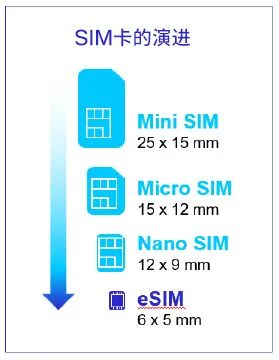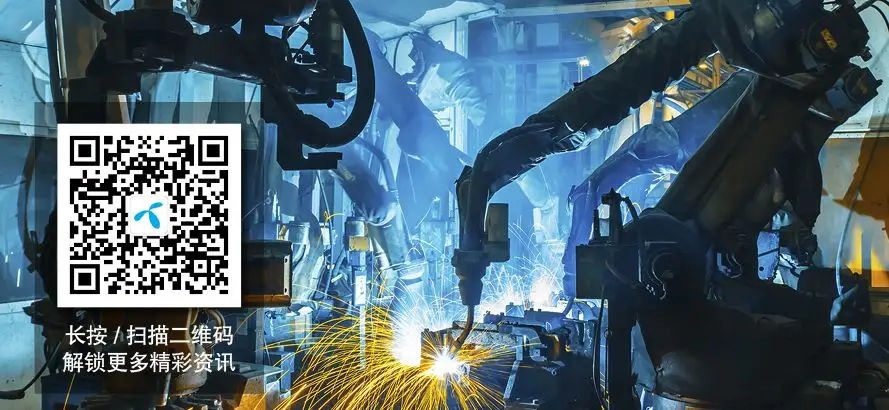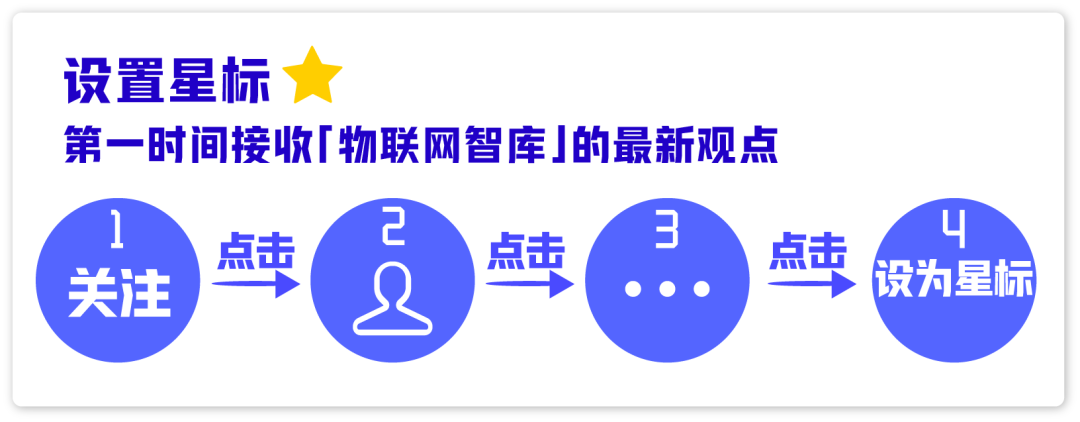
 Source: Telenor IoT IoT Think Tank Reprint Economic globalization has brought unprecedented opportunities to various industries, but challenges have also arisen: How to economically and efficiently provide quality solutions and required services in different regions while complying with relevant regulations from regulatory authorities?. How can a multinational supplier simplify manufacturing processes to facilitate the global deployment of its products? The answer may lie in combining embedded SIM (eSIM) technology with roaming protocols, enabling coordinated management while benefiting from extensive operator agreements.
Source: Telenor IoT IoT Think Tank Reprint Economic globalization has brought unprecedented opportunities to various industries, but challenges have also arisen: How to economically and efficiently provide quality solutions and required services in different regions while complying with relevant regulations from regulatory authorities?. How can a multinational supplier simplify manufacturing processes to facilitate the global deployment of its products? The answer may lie in combining embedded SIM (eSIM) technology with roaming protocols, enabling coordinated management while benefiting from extensive operator agreements.
What is eSIM/eUICC technology?
eSIM stands for embedded SIM. The functionality of an eSIM is similar to that of a SIM card, but the former is programmable and cannot be removed from the device. Embedded Universal Integrated Circuit Card (eUICC) is a physical chip embedded in the device, serving the same function as a SIM card. It stores eSIM profiles and encryption information, allowing for remote management, including remote configuration of network services via the air interface.eSIM is also equipped with software called Local Profile Assistant (LPA). Once the modem detects the nearest or preferred profile, this software can connect to the cloud and download the local profile, enabling the eSIM to switch to the local operator’s profile, thus meeting local regulatory requirements, which is a key advantage. eSIM is seen as an important tool for simplifying certain complex IoT deployments. Additionally, some believe that eSIM offers better security than traditional physical SIM cards, while others argue that eSIM may expose devices to new attack risks. IoT/machine-to-machine eSIM/eUICC technology based on the SGP.31/.32 standards is emerging. With this technology, devices using cellular low-power wide-area networks like NB-IoT and Cat-M can switch operator profiles, and it is also applicable to devices using higher bandwidth.
eSIM is seen as an important tool for simplifying certain complex IoT deployments. Additionally, some believe that eSIM offers better security than traditional physical SIM cards, while others argue that eSIM may expose devices to new attack risks. IoT/machine-to-machine eSIM/eUICC technology based on the SGP.31/.32 standards is emerging. With this technology, devices using cellular low-power wide-area networks like NB-IoT and Cat-M can switch operator profiles, and it is also applicable to devices using higher bandwidth.
Focus on the Automotive Industry
Automakers aim to enter multiple large-scale markets without sacrificing production flexibility, making eSIM/eUICC technology particularly critical in this context. In countries like Brazil, China, India, and Turkey, regulations prohibit permanent roaming. For automakers, ignoring these large markets would severely hinder their global development goals and business expansion, while producing vehicles specifically for these markets would challenge their production models. By producing vehicles with built-in eSIM/eUICC capabilities, automakers can still utilize their preferred network operator’s services in most regions globally, while accessing local operator networks in markets where demand exists. For instance, Southeast Asia, including India, represents a potentially large market. For many automakers, producing cars separately for India and other Southeast Asian regions is not feasible, especially since profit margins in the region are often slim. Similarly, due to thin margins, automakers must choose network operators that can provide the best coverage at optimal costs. With eSIM/eUICC, automakers can still enjoy network connectivity services at favorable rates globally while also obtaining local connectivity services as needed. In large markets with fewer operators (such as the United States), automakers are also adopting solutions that include eSIM/eUICC to achieve production flexibility and enhance user experience. eSIM features over-the-air remote configuration and operator selection, simplifying logistics operations and allowing manufacturers to choose network operators when vehicles arrive in specific regions. However, merely installing eSIM is not enough. Automakers must also collaborate with suppliers capable of managing eSIM orchestration and configuration systems, especially when it involves extensive roaming agreements.
With eSIM/eUICC, automakers can still enjoy network connectivity services at favorable rates globally while also obtaining local connectivity services as needed. In large markets with fewer operators (such as the United States), automakers are also adopting solutions that include eSIM/eUICC to achieve production flexibility and enhance user experience. eSIM features over-the-air remote configuration and operator selection, simplifying logistics operations and allowing manufacturers to choose network operators when vehicles arrive in specific regions. However, merely installing eSIM is not enough. Automakers must also collaborate with suppliers capable of managing eSIM orchestration and configuration systems, especially when it involves extensive roaming agreements.
Lessons for Other Industries
Like automakers, other companies looking to expand into IoT may not always know where or when they will deploy devices when procuring them, but to achieve economies of scale, they will order more devices than initially needed. Devices can be produced as a single stock-keeping unit (SKU) for easier inventory management. This is especially true when deploying devices globally. For example, a smart camera manufacturer may anticipate a warming market but may not be certain which cities will adopt the technology first. By producing cameras equipped with eSIM, manufacturers can ensure that the cameras are suitable for almost any market.
Click at the end of the article to “Read the original text“, to download the English version of the report


For meeting reservations or more information, please contact the regional sales manager:Shanghai Gengci Liu (Lily Liu)Email:[email protected]Phone: +86-156 5110 2043ShenzhenQing Li (Kimo Li)Email:[email protected] Phone: +86-159 2001 4649Tian Gan (Arthur Gan) Email:[email protected] Phone: +86–136 8681 4706About Telenor IoTTelenor IoT is the IoT business brand of Telenor Group, a globally renowned telecommunications operator, providing comprehensive IoT solutions. As one of the world’s leading IoT solution providers, Telenor has been offering global IoT connectivity services, cloud services, and professional support to businesses of all sizes for over 20 years. Telenor IoT manages over 20 million connected devices for customers in approximately 200 countries, serving global enterprises such as Volvo, Scania, Hitachi, Verisure Securitas Direct, and Fuchs. We provide IoT solutions in the Nordics through Telenor’s local entities, while in other regions, Telenor Connexion offers IoT solutions for large multinational enterprises requiring customized products, services, and professional support.


